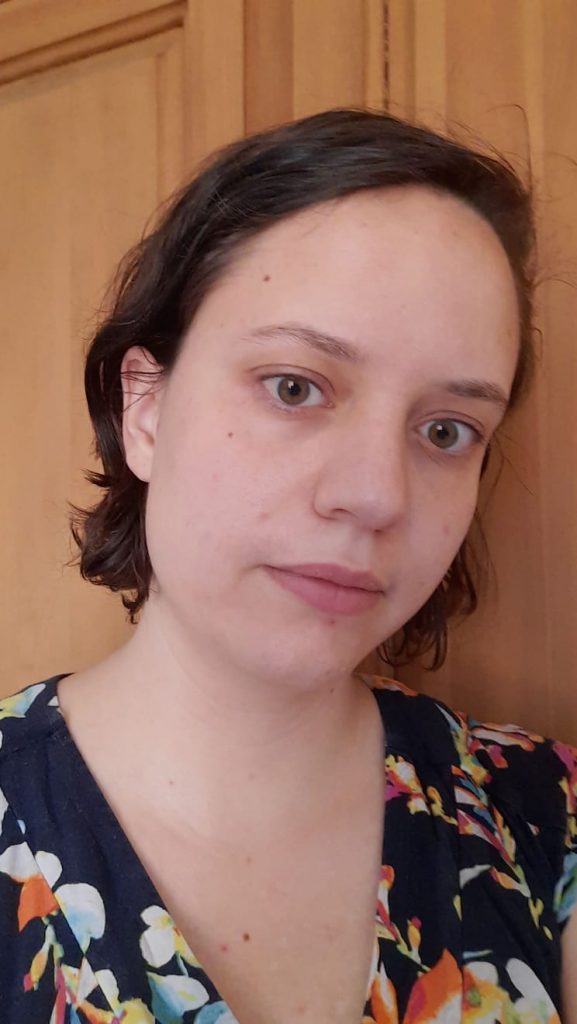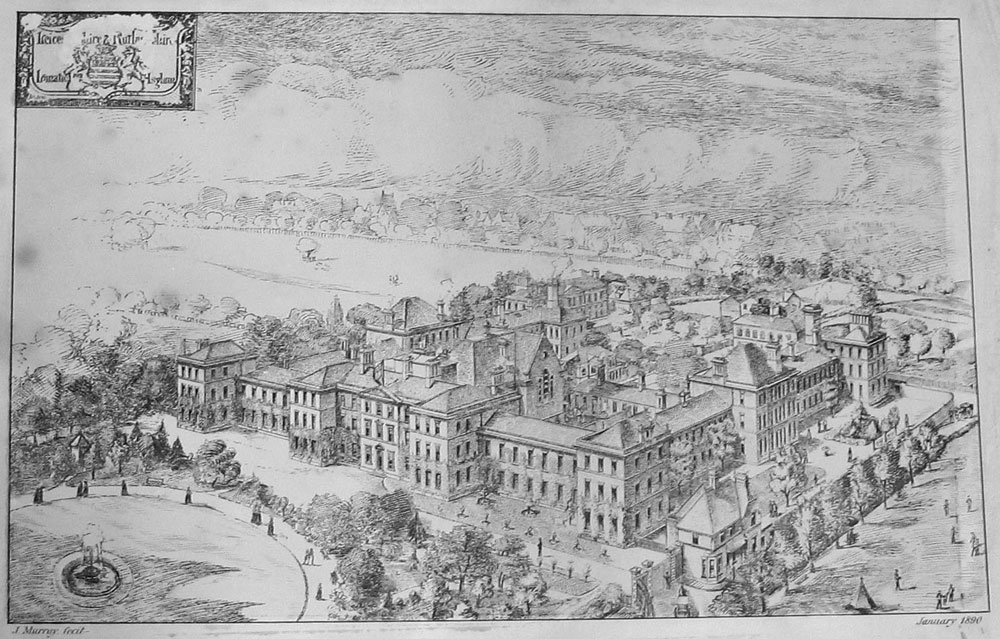Research volunteer Jenni Hunt explores connections between the University of Leicester and the history of disability.

“Your university used to be a psychiatric hospital,” a friend studying at De Montfort University (previously Leicester School of Art) teased me over coffee. That instantly spiked my interest – I’m currently undertaking a PhD looking at disability representation in museums, and the history of disability and the marks it has left on our landscape is of particular interest to me. My friend was right: the Fielding Johnson Building was initially the Leicestershire and Rutland County Asylum, opening in 1837 and running until 1908, before serving as the Base Hospital of the 5th Northern General during the First World War.

As I dug deeper into this, I discovered the story of one of the benefactors and founders of the University of Leicester – Harry Peach, who was affected throughout his life by neuritis. Harry Peach had worked as a bookseller before his sight began to fail, and he in turn set up Dryad Furniture, creating among other things the deck chairs on the Titanic. Engaging with the work of William Morris and the Arts and Crafts movement, Dryad Furniture was viewed as offering an alternative to machine production and automation.
During the First World War, Harry Peach worked with the Base Hospital of the 5th Northern General, encouraging the use of handicrafts to rehabilitate wounded soldiers, supplying the hospital with off-cuts of cane. This led to the establishment in 1918 of Dryad Handicrafts, which aimed to provide craft materials and instruction for occupational therapy and schools, becoming the largest supplier of handicraft materials in the world by the mid-1930s.
The occupational therapy taking place at the Base Hospital was echoed by therapy taking place across the country, aiming to get wounded and disabled veterans back into the industries that they had participated in prior to the war. Artificial arms were created which enabled heavy-duty work, as companies around the country were encouraged to hire disabled individuals. Occupational therapy and handicrafts would be the first step on the road to employment for men with life-altering injuries.
In encouraging such therapies, Harry Peach was aiding the rehabilitation of these men, many of whom would have been the primary wage-earner of their household, and helping to challenge society’s expectations of what disabled individuals were capable of. Harry Peach maintained his link with the location as it became a university, donating books and money to the fledgling site, as can be seen in Maria Scuderi’s post.
The discovery of the link between the war hospital, the asylum and the University intrigued me, tying the University of Leicester from its first moments to the history of disability. When I learned about the So That They May Have Life project I wanted to get involved, to trace these hidden stories and understand more about the university that I am currently studying within. I also wanted to uncover more about the town that I have loved living in ever since I visited first on Summer Schools during my MA, and then moved to permanently in 2017.
I have been involved in researching disability history with the National Trust and the Wellcome Collection. In the National Trust I have been involved in uncovering hidden stories of disability, and for the Wellcome Collection I was part of an RCMG team involved in the redesign of the Being Human gallery, working to represent disability in new and positive ways. Both of these experiences will help me as I aim to discover and explore links between Harry Peach and disability.
For several years I have been running a Twitter account looking at objects linked to disability alongside undertaking my PhD. Working with other volunteers within this project, I hope to discover new links between this site and the stories that have often been overlooked. Although current circumstances have brought unexpected difficulties to this research, I feel they have also offered new opportunities, including the chance to disseminate what is discovered widely and to ensure this work is accessible and clear to all. I look forward to seeing what we uncover in the time left on this project, and I am very excited to be involved.
Jenni Hunt is currently undertaking a PhD at the School of Museum Studies at the University of Leicester. Her research focuses on the representation of disability within museum collections, and how museums are working with disabled individuals to tell their stories. More broadly, she is interested in the potential of museums to share stories that have been hidden away, and how by doing so they can challenge and address stereotypes. She has previously completed a distance learning Museum Studies MA at the University of Leicester, and a BA in Philosophy, Politics and Economics at the University of Oxford. She runs the Our Objects Twitter account, showcasing objects linked to disability from museum collections.
Contact Jenni at jh713@leicester.ac.uk